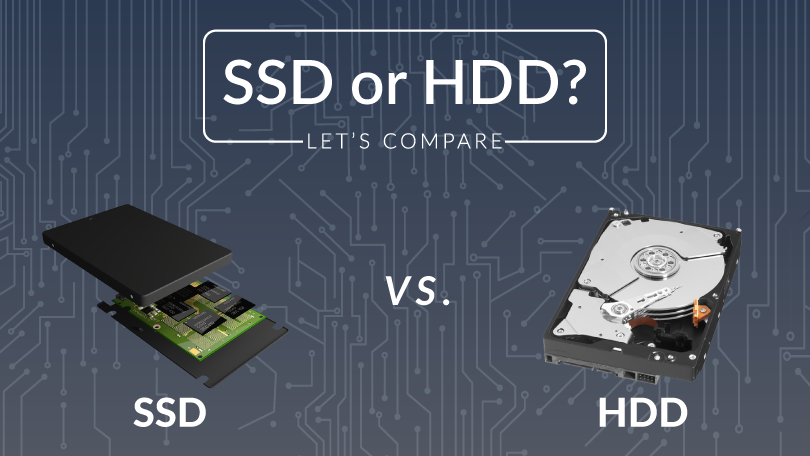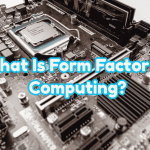
As you can see from the picture above, the main difference between a hard drive and a solid-state drive is that the solid-state drive is a lot more… well… solid! The lack of moving parts in the SSD is what gives it so many of its advantages, such as its speed and durability. There‟s a lot less that can go wrong when you don‟t have to worry about things wearing out or breaking.
Of course, conventional hard drives are still a lot more widespread than SSDs, and it‟ll be a while before they‟re rendered obsolete. While SSDs are much faster it‟s much easier to get your hands on a very high capacity HDD.
How do they work?
If a solid-state drive doesn‟t have any moving parts, how does it store data? Instead of using motors and magnets, they use electrical current to signify the 1s and 0s that all data is comprised of.
While a magnetic hard drive works by changing the magnetism of sectors on a spinning platter, solid-state drives have lots and lots of tiny transistors. When an electrical current is able to pass through a transistor it represents a 1, and a 0 is represented when a transistor does not accept current.
Every solid-state drive has a controller. This is a processor that is responsible for reading and writing to the transistors and passing this data to the rest of the computer system to be used. It also manages all the data on the drive, keeping track of where data is stored and making sure that data is distributed over the transistors evenly in a process called wear levelling to maximise the performance and longevity of the drive.
A blank drive starts off with all transistors representing 1s (as opposed to a magnetic drive, which is all 0s when blank) allowing current to pass through. To „write‟ a 0, voltage is applied to one piece of silicone in the transistor called the control gate. This starts a process that causes another piece of silicone called the floating gate to fill with electrons. When the floating gate is filled with electrons the transistor will no longer accept a current, causing it to represent a 0.
To read data a current is sent to the area of the drive where the data is held and the transistors assigned to the data will either allow the current to pass through or not, providing a string of 1s and 0s (binary data) which is then interpreted by the computer.
Cells are grouped into pages, which are usually 4KB. This is the smallest level of data that can be written to a SSD. Similarly, pages are grouped into blocks, which are typically made up of 128 pages (512KB). Taking it one step further, blocks are organised in groups of 1024 to form planes, which are usually 512MB in size. Multiple planes make up one of the flash chips you can see on an SSD circuit board.


